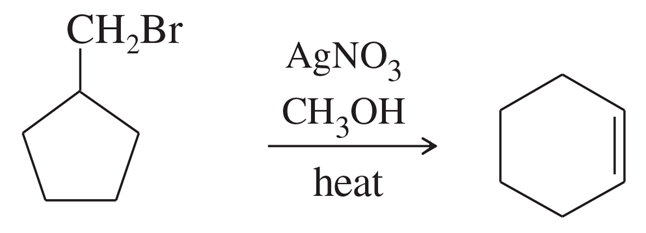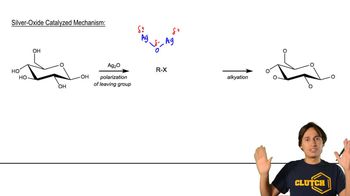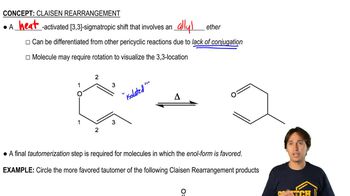Make models of the following compounds, and predict the products formed when they react with the strong bases shown.
(d)

 Verified step by step guidance
Verified step by step guidance Verified video answer for a similar problem:
Verified video answer for a similar problem:



 2:27m
2:27mMaster Overview of the flowchart. with a bite sized video explanation from Johnny
Start learning